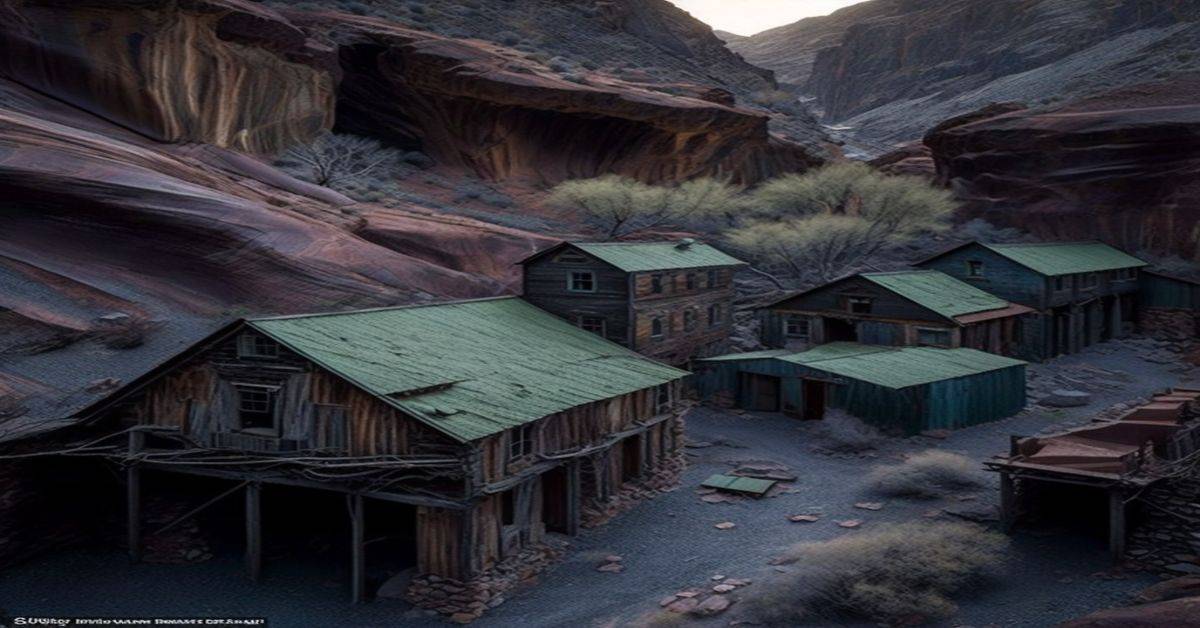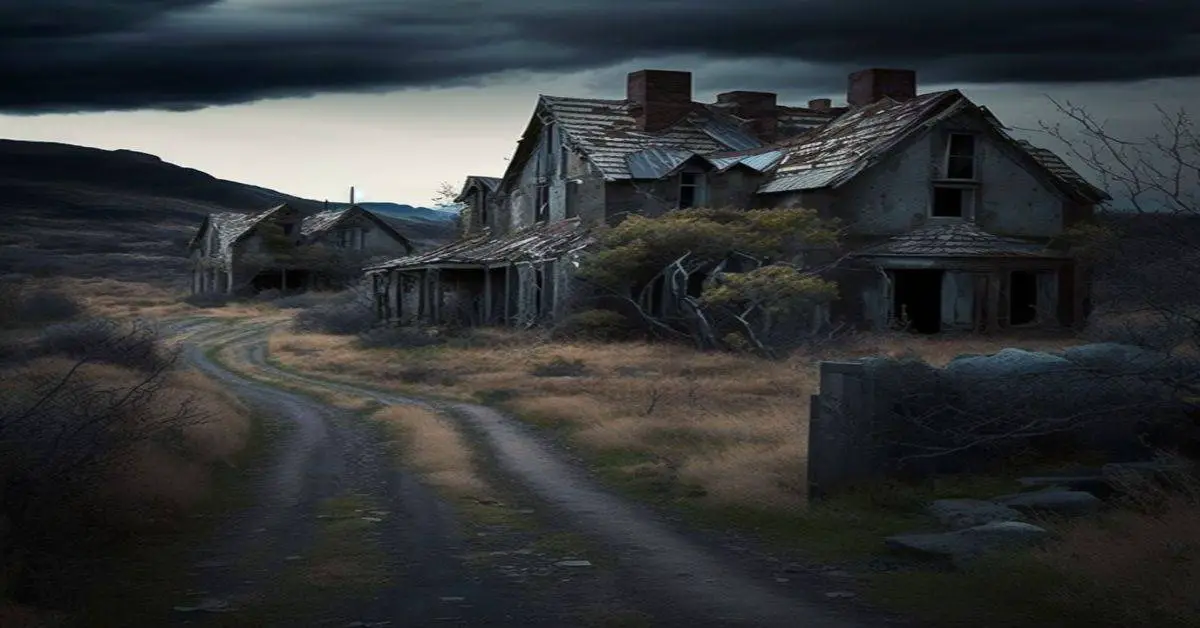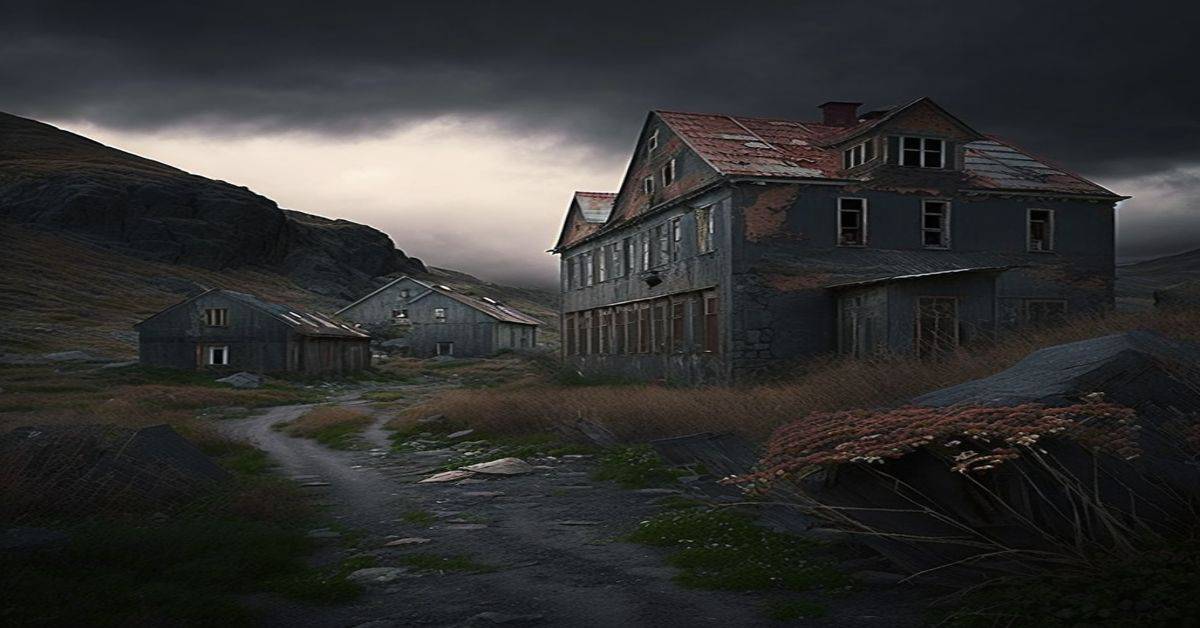Sun City, located in southern Hillsborough County, Florida, was once a bustling community with dreams of becoming Florida’s Moving Picture City. Founded in the 1920s, the Sun City Holding Company invested heavily in building a movie studio, infrastructure, and a school, hoping to attract Hollywood stars to the area. However, the real estate market crash of the 1920s dashed these dreams, and Sun City became an abandoned ghost town by the late 1930s.
Today, only a few mobile home parks remain, and approximately 4000 people call Sun City, Florida home, mostly retirees living in mobile homes or recreation vehicles.
This article will explore the rise and fall of Sun City, Florida, and its transformation into a ghost town. It will examine the early days of the city’s growth, the establishment of the movie studio, and the hopes and dreams of Hollywood stars living in Sun City. It will also delve into the decline and fall of Sun City, including the reasons behind its abandonment and the few signs of life that remain today.
Ultimately, this article aims to provide an objective and informative account of the history of Sun City, shedding light on its past and present.
Key Takeaways
- Sun City, Florida, was originally a small community with a few families. Still, it grew rapidly in the mid-1920s after J.H. Meyer and H.C. Van Swearingen formed the Sun City Holding Company and promoted it as Florida’s Moving Picture City.
- The company spent a lot of money building a movie studio, sidewalks, underground wiring and piping, a water tank, a power plant, and a school, and people bought the property for $3000 per lot.
- However, Sun City, Florida, began to decline soon after as real estate values plummeted and dreams of Hollywood crashed to the ground. The city was sold at auction in 1932 for just $100, and much of the property reverted to the county for delinquent taxes and eventually resold.
- By the late 1990s, Sun City was mostly abandoned, with only a few mobile home parks and private residences remaining. The power plant still stands, but it is a storage place for Speedling Inc.
Early Days and Growth
The town of Sun City, originally known as Ross, began as a small community with only a few families. However, the arrival of E.C. McClean in 1915 changed the course of the town’s history.
McClean purchased 700 acres of land in the area, which led to the growth of truck farming. Two years later, the Atlantic Coast Line Railroad arrived, bringing with it the expansion of other business interests.
The impact of the railroad on Sun City cannot be understated. It allowed for transporting goods and people, facilitating the town’s growth. Without the railroad, Sun City may have remained a small farming community with little expansion.
Instead, the railroad’s arrival was a turning point that led to the town’s eventual growth and development.
The Movie Studio and Hollywood Dreams
Remarkably, the Sun City Holding Company invested a staggering $300,000 to construct a 70 by 190 feet movie studio, a power plant, sidewalks, underground wiring and piping, and a water tank in hopes of turning the small community into a thriving hub for the film industry.
The studio was a state-of-the-art facility that boasted the latest equipment and technology available at the time. It was built to attract Hollywood stars and filmmakers to the area, and the company even advertised Sun City as Florida’s Moving Picture City.
Despite the grand ambitions of the Sun City Holding Company, the movie studio’s legacy was short-lived, and Hollywood’s influence on the town was minimal. The studio was only open for a few years before it was closed down due to financial difficulties.
The onset of the Great Depression and the collapse of the Florida real estate market dealt a severe blow to Sun City, and the dream of becoming a Hollywood hub was never realized. Nevertheless, the movie studio remains a fascinating part of Sun City’s history and serves as a reminder of the town’s ambitious past.
Decline and Fall
Following the closure of the movie studio, Sun City’s real estate market collapsed, leading to the town’s eventual decline and fall.
The initial enthusiasm for Sun City, Florida as a Hollywood-like community faded as the real estate market became overvalued and oversaturated.
The Great Depression also played a role in the town’s demise, as people could not afford the high property prices, resulting in foreclosures and property repossessions.
Despite its short-lived existence, Sun City holds historical significance as a representation of the Florida land boom of the 1920s.
It also serves as a reminder of the potential risks of real estate investment and speculation.
The town’s decline and eventual abandonment demonstrate the importance of responsible and sustainable development in ensuring the long-term viability of a community.
While Sun City’s Hollywood dreams may have been short-lived, its legacy remains a cautionary tale of the dangers of overvaluing and overdeveloping land.
Sun City Today
The area once known as Sun City is a retiree community with approximately 4000 residents, many of whom live in mobile homes or recreation vehicles. Most modern developments in Sun City are made up of retirement communities, with many amenities catering to senior citizens, such as golf courses, community centers, and medical facilities.
Despite its abandoned past, Sun City has grown and developed in recent years. The area has become a popular destination for retirees seeking a warmer climate and a slower pace of life. In addition, newer developments have been built to accommodate the growing demand for retirement living.
While the area may no longer be the Hollywood dream it once was, it has found new life as a peaceful retirement community.
Frequently Asked Questions
What happened to the families who originally lived in Ross before it became Sun City?
The fate of the families who originally lived in Ross before it became Sun City is not mentioned in the given background information. Their displacement and the impact on the community is unknown.
Did any famous movie stars live in Sun City as promised by J.H. Meyer?
No evidence of any famous residents living in Sun City as promised by J.H. Meyer. The failure of the movie studio and the subsequent decline of Sun City had no significant impact on the Hollywood industry.
What controversial labor camp operated in the former Sun City school building after integration?
The Sun City school was donated to the county and operated as a Black school until integration; after that, it was shut down. It was later sold and operated as a controversial labor camp, with charges of slavery being claimed against the owners. (Labor Camp Controversy, Integration Impact)
Who is J.T. Fleming, and what was his role in the history of Sun City, Florida?
J.T. Fleming acquired approximately 500 acres of land in Sun City in the late 1930s and tried to re-plat it, but to no avail. Much of the property reverted to the county for delinquent taxes and eventually resold, leaving a legacy of failed attempts to revive the town’s economic impact.
What plans have been made to preserve or restore any of the remaining historical buildings in Sun City?
Efforts to preserve the remaining historical buildings in Sun City are unclear. However, due to their historical significance, it is hoped that preservation efforts will be made to prevent further deterioration and loss of this once-promising city.


